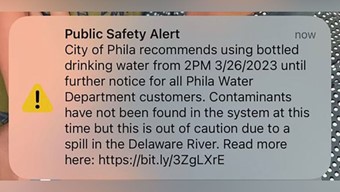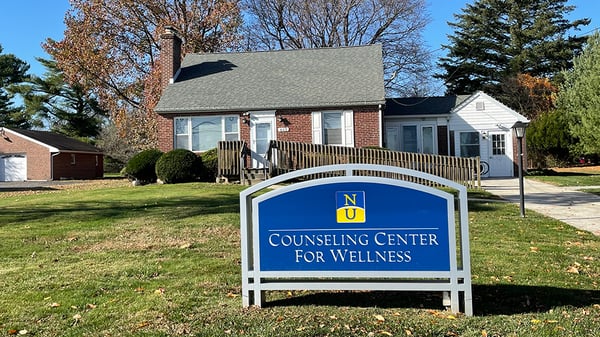Chemical Waste: Proper Disposal is Critical

On March 24, 2023, a chemical plant in Philadelphia leaked thousands of gallons of chemicals into the Delaware River. This was determined to be the result of equipment failure. The Delaware River serves as the water source for many households in the area. Residents received this alert on their phones:

Terrified residents stocked up on bottled water immediately. Shops quickly ran out of them on the shelves and had to restock. Some stores had to limit the number of cased water bottles they sold to people once they got more in stock. City officials eventually deemed that the water was safe to drink. “There has not been any contamination in the Philadelphia water system,” said one city official (CNN).
The threat of chemical contamination in a major water source was taken very seriously by residents and city officials alike. Hazardous waste remains a current threat to wildlife ecosystems, and they create toxic sites that are inhabitable for both human and animal life (BU Environmental Health & Safety).
Hazardous waste is a term used to describe waste that contains chemicals. One type of hazardous waste is ignitable waste. These include liquid chemicals, such as alcohol, solid chemicals, such as paraformaldehyde, compressed gas, such as hydrogen and propane, and oxidizers, such as chlorates.
A corrosive characteristic can be another trait of hazardous waste. Examples of these include sodium hydroxide and sulfuric acid. Reactive hazardous waste may react violently with water, such as sodium metal. It could react violently with the air, such as tert-butyllithium, or it could be capable of a violent eruption like organic peroxides. It could also be a cyanide that generates toxic gases like sodium cyanide (BU Environmental Health & Safety).
Hazardous waste can be mismanaged and lead to environmental damage. An example of mishandling hazardous waste would be dumping it in your sink. The impacts that this has on the environment can be devastating in both the short term and the long term.
In the short term, the chemicals can infect waterways and be unsafe to consume for any living creature. There can also be contaminations that impact people’s health. In the long term, it can cause “cancer and disease in humans, mercury and lead poisoning, the destruction of waterways and natural resources, a large decrease in the population of insects, and depletion of the ozone” (MLI Environmental). The same effects on the environment can occur if hazardous waste is disposed of in regular trash bins.
Some jobs may even require hazardous waste training for all its employees. This training would likely include storing hazardous material in bins with the characteristics labeled on them. One way to dispose of hazardous waste is by neutralization. This process includes adding acid to it and rendering it neutral (Lion Technology). Another method of hazardous waste disposal is stabilization. It can be defined as “processes that involve chemical reactions, which reduce the leachability of the product” (Wiley).
Online courses are an effective way to educate yourself on the dangers of hazardous waste. They also teach you proper methods of disposal that could be used both at work and at home. Learning these skills at a job can help you make important decisions to handle and dispose of hazardous waste.
It is essential not to dispose of hazardous waste in drains or trashcans due to the detrimental impacts it has on the environment. Learning and using efficient procedures to dispose of hazardous waste has proven to be safer for the environment than mishandling it.






